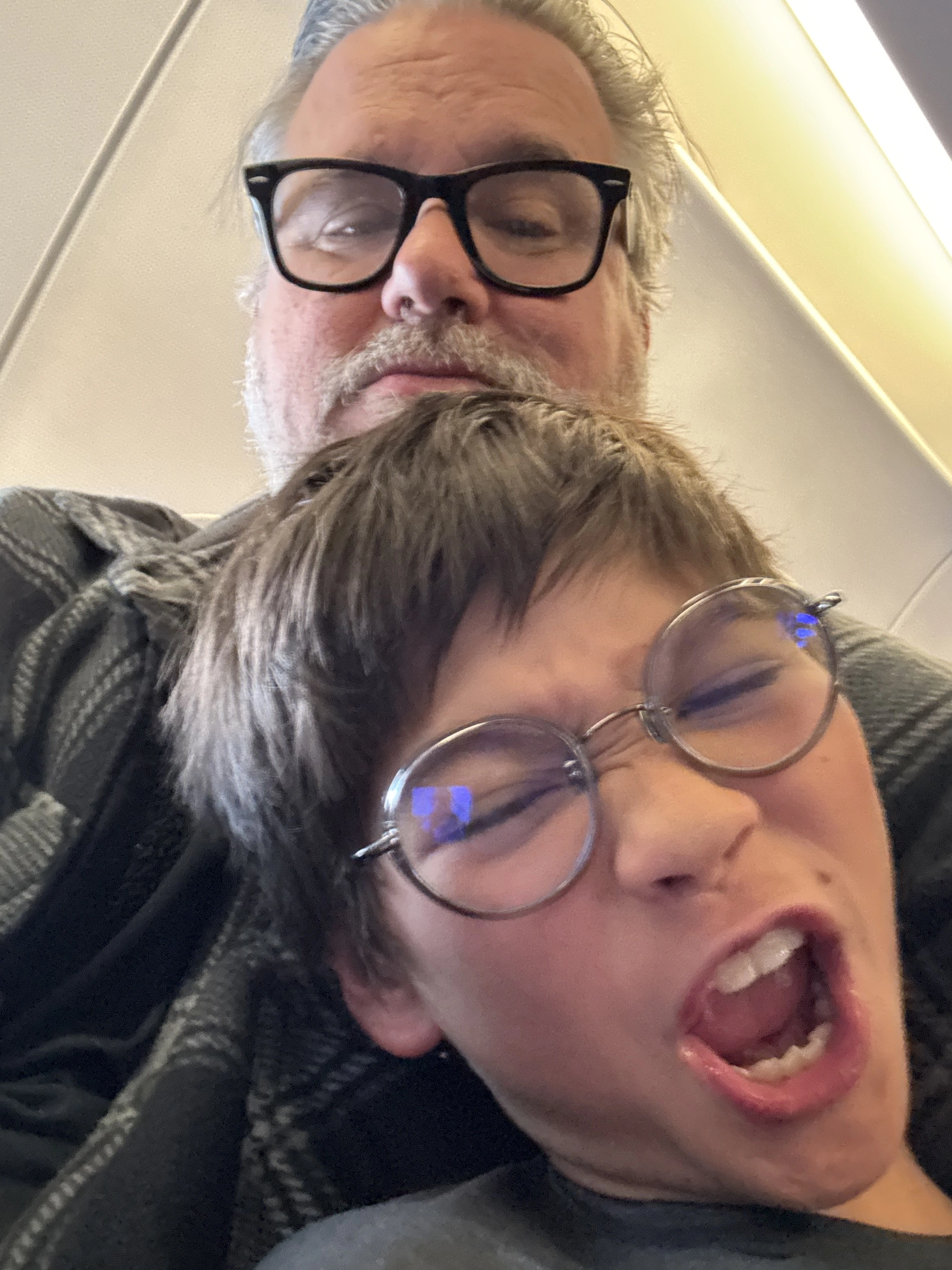
christopher welker
about
from building systems to writing what holds

about me
After thirty years leading teams and building technology, I turned to fiction and poetry to explore what couldn't be solved — the quiet, interior work of presence. I didn't grow up around books, but I grew up inside silence. It taught me to listen carefully — to what people meant but didn't say, to the breath beneath the moment. That listening now shapes everything I write.
My work lives at the intersection of love, memory, and emotional stillness. I'm interested in how we stay — with ourselves, with each other, with the lives we build beyond performance.
In 2025, I founded Hushmark Press, an independent literary studio built to publish work that moves slowly and stays with you — books that breathe.
about my work
I write quiet novels about love, memory, and the slow undoing of performance. My work centers characters who are trying — sometimes gently, sometimes desperately — to stay with one another through change, grief, illness, joy, and the long, ordinary arc of a life.
I'm interested in how people love each other without spectacle. In what happens after the moment that usually ends the story — the marriage, the return, the yes — and how we hold onto presence once things stop being dramatic and start being real.
My books are character-driven, structurally restrained, and emotionally immersive. I use breath, silence, and rhythm the way other writers use plot. The biggest things often happen quietly — a hand held, a door left open, a single line spoken without defense.
What I hope the work holds — always — is a space where someone can feel accompanied without being asked to perform. A story that doesn't demand anything of you. Just: stay.
If there's a question under everything I write, it's probably this:
What does it mean to become safe for someone — not just to be loved, but to be lived with?
about my process
I begin with a loose beginning and end — not fixed, just a sense of shape — and map a soft emotional arc between them. I'm asking: How do we get from here to there? From that, I sketch in a few core emotional beats. Nothing rigid. Just enough to keep me from drifting too far from what the story wants to hold.
Then I begin. Usually with dialogue — a voice, a rhythm, a moment of connection. I write scene by scene, guided more by feeling than plot. The structure is flexible. Beats move, new ones emerge, chapters expand beyond what I planned. I work inside a loose box, but everything beyond that is led by emotion, texture, and tone.
I don't linger too long on a scene if it feels alive — I move forward. What matters is staying close to the feeling. Once the arc is built, I return to layer in what's missing: environment, grounding, breath.
After that, I revise in passes — many of them. For tone. For immersion. For silence. I tighten, reshape, remove. Sometimes what felt right in the moment no longer serves the story that's emerged — and that's part of the process too. The story reveals itself over time. My job is to keep listening.
The goal is simple: for the reader to feel inside it. To not just follow a story — but to inhabit it.